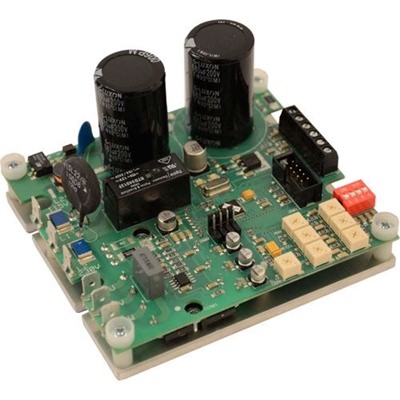AC Motor Controller Basics
AC Motor Control Basics
An AC motor controller is known as the device that controls the speed of the AC motor. An AC controller can also be referred to as a variable frequency drive, adjustable speed drive, frequency converter and more. The AC motor receives power, which is converted by the AC motor controller into an adjustable frequency. This adjustable output allows the motor speed to be precisely controlled.
Typically, an AC motor controller consists of three basic parts: the rectifier, inverter, and the DC link to connect the rectifier and inverter. The rectifier converts AC input into DC (direct current), while the inverter switches the DC voltage to an adjustable frequency AC output voltage. The inverter can also be used to control output current flow if needed. Both the rectifier and inverter are directed by a set of controls to generate a specific amount of AC voltage and frequency to match the AC motor system at any given point in time.

Typical Industrial AC Motor
An AC controller can be used in many different industrial and commercial applications. Most often motor controls used to control fans in air conditioning and heating systems, the AC controller allows for more control of the airflow. The AC controller also aids in adjusting the speed of pumps and blowers. Other applications include conveyors, cranes and hoists, machine tools, extruders, film lines, and textile-fiber spinning machines and more.
We Can Help
Do you have questions about stock AC motors or need help with a specific design application? Use the chat feature on our website or give us a call at 844.262.6875.


